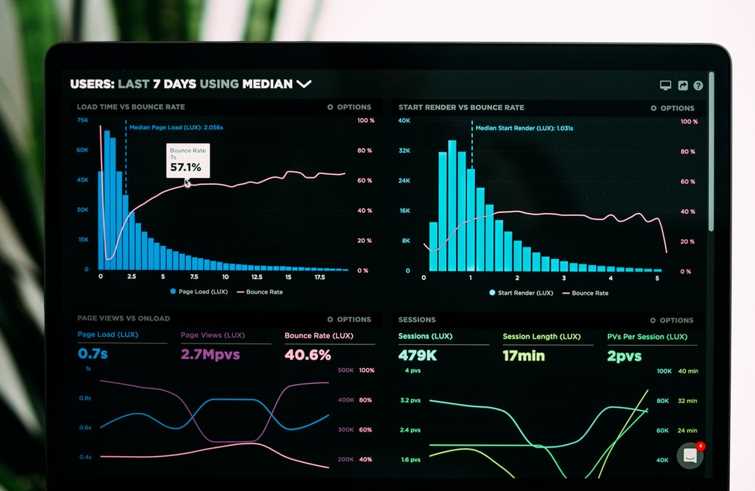Tech
What Is the Relationship Between Data Mining and Data Analysis?

Analyzing data is one of the best ways for businesses to generate new opportunities and make future predictions. However, this process is almost impossible without data mining and data analysis. This article delves into the terms individually to understand the relationship between the two.
Data Mining Defined
The volume of information produced each day ranges into the quintillions. But these data sets are only codified zeros and ones which have very little meaning to most people.
Data, just like gold, needs to be mined, cleaned, refined, and turned into something useful. With this scenario as a premise, the next question to answer is “what is data mining?” The term data mining, also known as knowledge discovery in data, has been a buzzword since the early 1990s. It comprises any effort aimed at turning raw data into identifiable information.
The more the data volume, the harder it can be to find the right data or fish out irrelevant ones and other data vulnerabilities. That’s where the data mining process comes in. It uses important patterns, deep learning, and standard algorithms to find anomalies and establish correlations. Depending on the data mining project’s scale, you may either need a data mining specialist or an entire data mining team to manage your company’s processes.
Data mining specialists combine several types of data mining tools and data mining techniques. What’s more, the results of data mining can be used in many different ways, including sorting out the opinion of customers, database management, fraud detection, anomaly detection, and spam email filtering. Today, the use of data mining applications cuts across almost all areas of business. From financial institutions to advertising agencies, they all use data mining models for creating effective marketing strategies and making business decisions.
Data Analysis Defined
In data management, data analysis acts as a superset of data mining. It’s only when data has been extracted from its raw sources that actionable information can be generated to solve complex problems. Data analysis involves using data for business intelligence and making effective decisions. Additionally, data analysts use data cleaning and various modeling techniques to inform conclusions. The results of data analysis are comprehensive information presented to business stakeholders and specific individuals using a visualization dashboard.
Data analysis come in four broad types including the following:
- Descriptive Analysis
Descriptive analysis establishes connections between several data points for businesses to draw conclusions. It uses historical data to describe how a business has evolved over the years.
- Predictive Analysis
Predictive analysis uses statistical models, machine learning techniques, and predictive models to predict the probability of future events. Businesses can use predictive analysis to predict the future behavior of their customers and tailor their offerings in effect.
Many online retailers in the U.S also leverage product recommendations and tailored ads.
- Prescriptive Analysis
When there is a business problem, “what can be done?” is often the best query. That is where prescriptive models come in handy. Prescriptive analysis uses neural networks and recommendation engines to generate suggestions that can help solve the problem.
- Diagnostic Analysis
Diagnostic analysis helps data professionals to deduce reasons for the occurrence of events. Data mining is an attribute of diagnostic analysis in addition to several others, like correlations.
The Relationship Between the Two

Firstly, the output of data mining is an input for the data analysis stage. Also, while data mining is a preferred term for knowledge discovery in database management, data analysis plays an important role in data exploration after the data has been discovered. Additionally, data mining only involves scientific and mathematical models, whereas data analysis works best with artificial intelligence models.

-

 Tech3 years ago
Tech3 years ago6 Tips to Improving E-Commerce Websites
-

 Home4 years ago
Home4 years agoAdvantages and Disadvantages of Village Life in Points
-

 Health4 years ago
Health4 years agoAdvantages and Disadvantages of Milk
-

 Travel4 years ago
Travel4 years agoAdvantages and Disadvantage of Travelling
-

 Sports2 years ago
Sports2 years agoThe benefits of playing an online live casino
-

 Tech4 years ago
Tech4 years agoEssay on Advantages and Disadvantages of Offline Shopping
-

 Tech4 years ago
Tech4 years ago10+ Advantages and Disadvantages of Mobile Phones in Points
-

 Tech4 years ago
Tech4 years ago8+ Advantages and Disadvantages of Motorcycle |Having Bike